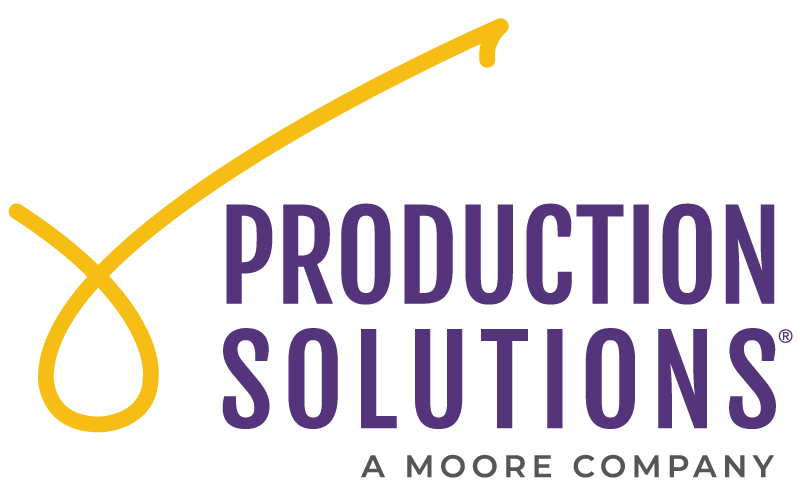How Nonprofits Can Build Relationships with Millennials and Generation Z

Jaime McQueen
Marketing DirectorStudies show that by 2020, Millennials and Generation Z will make up a whopping 40% of all consumers. Let’s take a look at some key statistics to learn more about how these two rising generations behave in terms of philanthropy.
Millennials — Born Between 1977 and 1995
The Millennial generation is already enthusiastically engaging with nonprofits. Recent research by the Corporation for National and Community Service indicates that nearly 22% of Millennials actively volunteer. And according to the Millennial Impact Report, 84% of Millennial employees donate to nonprofits, even though the majority of them have personal incomes of $40k and below. The report also stated that, “Millennials are driven to engage locally more than nationally. Even those who engage nationally don’t tend to reduce their local activity as a result.” Their impact on the sector is increasing annually, with the latest research from the Blackbaud Institute noting that Millennials now represent 14% of overall charitable giving.
Generation Z — Born 1996 and Later
The young people of Gen Z are also eager to get involved with nonprofits, earning them the moniker “philanthrokids.” According to Marketo, 60% of this generation self-identify as “wanting their work to make a difference,” and 26% are already actively volunteering. The Guardian reports that Gen Z is hard-working and entrepreneurial — 30% have already donated to an organization and an incredible 1 in 10 want to start their own charity.
These two rising groups are incredibly motivated to effect change in the world, so this begs the question:
How can your nonprofit establish relationships with these two generations that so clearly want to get involved?
First thing’s first: nonprofits need to ensure that their branding, communications and marketing strategies balance the polarities of an increasingly complex digital landscape with the need for authentic, human communication. Effectively and clearly communicating what problems your nonprofit seeks to solve, and how their contributions make a difference are key, but take note that voice and tone are incredibly important elements toward building trust with these generations. Authenticity is an absolute must. Relatability is also key, so be sure that your brand voice is approachable and friendly. Never underestimate the power of good design to aid in clearly communicating your brand as well. The right email template or website donation form can make all the difference in establishing your brand’s design voice. Gen Z, in particular, has an appetite for visual communication and “snack-sized” shareable content.
Be where they are, make yourself easy to find and take steps to make your digital footprint appear trustworthy. Ensure that you have a robust presence online – not only on social media platforms but also on search engines. These potential constituents are incredibly distrustful online, so be sure that you are utilizing an easy-to-use and recognizable payment processor on your donation forms, that your website has a security certificate installed, and be sure that your site can be properly found and indexed with search engines. The present is overwhelmingly mobile, and the future for many will be mobile only, so having responsive donation landing pages and email templates are an absolute must. Google makes it easy to check the mobile-friendliness of your website with this handy tool: https://search.google.com/test/mobile-friendly.
Consider engaging with Millennials and Gen Z at the start of their career path – ask them to get involved and to share their skills and passion. There are tons of professional development perks that come with layering philanthropy into one’s career arc, so don’t be afraid to tout the benefits of building intersectional relationships with other philanthropic-minded young professionals. Craft fundraising, volunteer and advocacy programs that not only make it easy for young professionals to get involved but also create vital spaces for honing skills such as leadership, collaboration & consensus building. Invite them to join a junior board that focuses on solving issues for which they are uniquely suited to tackle, such as a marketing committee focused on outreach to their peers, an event planning committee, or an easy-to-deploy online peer-to-peer fundraiser — the most successful campaigns involving these generations are the ones that hand over the reins and give them some real creative control. Getting them involved at the start of their career, and being a part of their future professional success is a great way to establish a life-long relationship.
Although the bulk of total fundraising dollars and engagement still comes from older generations, the future is rapidly approaching, and that tide is going to start turning as soon as 2020. Nonprofits that wish to stay viable into the future need to examine their strategies to reach these rising generations. Even though digital execution is becoming more and more complex in an ever-accelerating world, the great news is that these up and coming generations have an incredibly strong sense of social responsibility and are not afraid to challenge the status quo, roll up their sleeves to do what it takes to create change, and work for causes they care about. Your job as a nonprofit is to reach them when, where and how they want to be reached with an equal amount of enthusiasm.
About the Author






